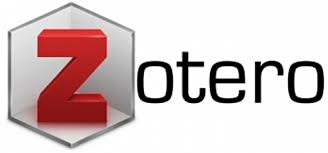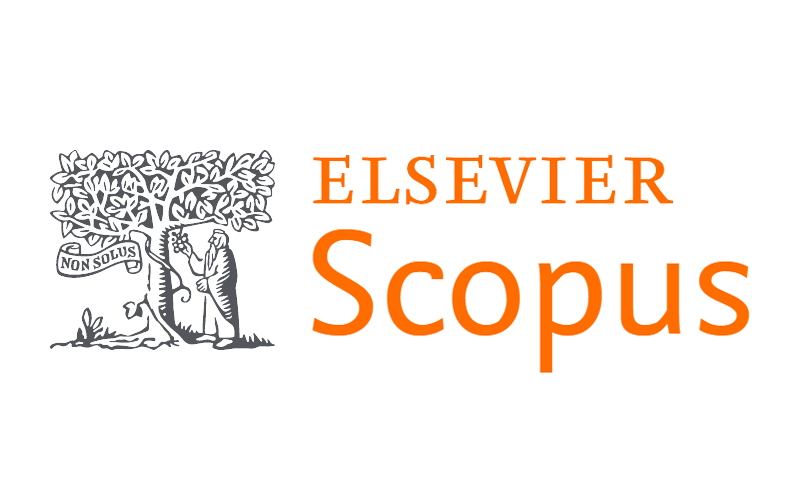The Relationship Between Mental Workload and Work Stress in Nurses at the Inpatient Installation
Abstract
Background: Nurses in inpatient settings face huge responsibilities, both physical and mental, such as looking after patients, providing emotional support, and handling high work demands. Excessive mental workload can trigger job stress, reduce productivity, and lower the quality of health services. This study explored the relationship between mental workload and job stress in nurses in inpatient settings.
Method: This study was an analytical quantitative research with a cross-sectional design. It was conducted from January to June 2023. The research instruments were the NASA-TLX questionnaire for mental workload and the job stress scale. The population consisted of 133 nurses, with a sample of 75 people selected by consecutive sampling. The independent variable was mental workload, while the dependent variable was job stress. Data analysis used the Chi-Square test with p<0.05 as significant.
Result: Sixty-four percent of nurses experienced a moderate mental workload, and 36% experienced a heavy workload. A total of 53.3% of nurses reported experiencing work stress. The analysis showed a significant relationship between mental workload and work stress (p=0.034), where work stress was more common among nurses with a moderate to severe mental workload.
Conclusion: There was a significant relationship between mental workload and work stress in nurses. To reduce mental workload and work stress, it is recommended that work management be improved, such as by redistributing tasks and providing psychological support. Stress management training and effective communication should also improve nurses' well-being.
References
Asih G, Widhiastuti H, Dewi R. Stress Kerja. Semarang University Press; 2018. 1–86 p.
Mariana RE, Ramie A, Irfan Sidik M, Kesehatan Banjarmasin P, Selatan K. Analisis Hubungan Beban Kerja Dengan Stres Kerja Perawat: Literature Review. J Keperawatan Merdeka. 2021;1(2):158–68.
Kartini E. Kerja Perawat Di Instalasi Maternal Neonatal Rsud Ciawi Kabupaten Bogor Tahun 2015. 2015;1–101.
Tou F, sumarni, Radne Rimba Putri I. Pengaruh Stres Kerja terhadap Kinerja Perawat di Ruangan Hemodialisa RSUD Panembahan Senopati Bantul di Masa Pandemi Covid-19 Tahun 2021. Indones J Nutr Diet. 2021;4(2):63–8.
Fachruddin N, Santoso W, Zakiyah A. The Relationship Between Workload With Work Stress on Nurses in Intensive Installation of Bangil General Hospital Pasuruan District. Int J Nurs Midwifery Sci. 2019;2(03):311–21.
Rusindiyanto, Maisaroh N, Pailan. Pengukuran Beban Kerja Karyawan Bagian Produksi dengan Metode NASA-TLX di PT. Cat Tunggal Djaja Indah. J Ind Eng Manag. 2016;11:15–25.
Pamungkas RA, Ruga FBP, Kusumapradja R, Kusumapradja R. Impact of Physical Workload and Mental Workload on Nurse Performance: A Path Analysis. Int J Nurs Heal Serv. 2022;5(2):219–25.
Yuniarto T. Hari Perawat Nasional: Sejarah, Perkembangan, dan Perannya dalam Layanan Kesehatan di Indonesia [Internet]. Kompas Pedia. 2023. Available from: https://kompaspedia.kompas.id/baca/paparan-topik/hari-perawat-nasional-sejarah-perkembangan-dan-perannya-dalam-layanan-kesehatan-di-indonesia
Yana D. Stres Kerja pada Perawat Instalasi Gawat Darurat di RSUD Pasar Rebo Tahun 2014 Work Stress Among Nurses In Emergency Room in RSUD Pasar Rebo 2014. 2014;107–15.
Firdiansyah, Barsasella D, Vestabilivy E. Hubungan Beban Kerja dengan Stress Kerja Perawat di Unit Rawat Inap RSUD Budi Asih Jakarta Timur. Persada Husada Indones. 2017;4(14):34–52.
Sastroasmoro dan Ismael. Dasar-Dasar Metodologi Penelitian Klinis. 5th ed. Jakarta: Sagung Seto; 2014.
Dewi Kusumaningsih, Gunawan MR, Zainaro MA, Widiyanti T. Hubungan Beban Kerja Fisik Dan Mental Perawat Dengan Penerapan Pasien Safety Pada Masa Pandemi Covid 19 Di Upt Puskesmas Rawat Inap Kabupaten Pesawaran. Indones J Heal Dev. 2020;2(2):108–18.
Fahamsyah D. Analisis Hubungan Beban Kerja Mental Dengan Stres Kerja Di Instalasi Cssd Rumah Sakit Umum Haji Surabaya. Indones J Occup Saf Heal. 2017;6(1):107.
Salmi R. Analisis Beban Kerja Mental Dan Fisik Perawat Bagian Icu Rumah Sakit Achmad Mochtar Bukittinggi Dengan Metode Nasa-Tlx Dan Pengukuran Denyut Nadi. Tek Ind Fak Tek. 2020;1–146.
Julaila NS. Analisis Pengembangan Karier dan Hubungan Dalam Pekerjaan Terhadap Stres Kerja Pada Perawat di Rumah Sakit Umum Kota Tangerang Selatan Tahun 2017. Universitas Pembangunan Nasional “Veteran” Jakarta; 2017.
Rangkuti HZ, Harahap J, Simajorang A. Faktor-Faktor Yang Memengaruhi Stres Kerja Pada Perawat Di Ruang Rawat Inap. J Keperawatan Prior. 2022;5(2):46–54.
Hikmawati AN, Maulana N, Amalia D. Beban Kerja Berhubungan Dengan Stres Kerja Perawat. J Ilm Kesehat Jiwa. 2020;2(3):95–102.
Susanti S, Pawennari A, Afiah IN. Analisis Pengukuran Beban Kerja Mental Perawat Unit Gawat Darurat dengan Metode NASA-Task Load Index. Pros SNTI dan SATELIT. 2017;2017:4–6.
Michael, Girsang E, Chiuman L, Adrian. Beban Kerja Mental Perawat Dengan Metode Rating Scale Mental Effort (RSME). Wind Heal J Kesehat. 2022;5(1):419–32.
Werdani YDW. Pengaruh Beban Kerja Mental Perawat terhadap Tingkat Kepuasan Pasien di Ruang Rawat Inap Rumah Sakit Swasta di Surabaya (The Effect of Nurse’s Mental Workload to the Level of Patient’s Satisfaction in Private Hospital around Surabaya). J Ners Lentera. 2016;4(2):97–105.
Hernata MA, Anggraini MT, Setiawan MR. The relationship between mental workload with work stress on hospital nurses. Pros Semin Nas Int. 2017;1(1):24–6.


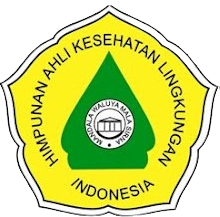



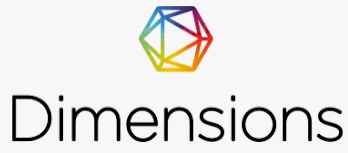
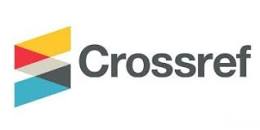

.jpg)


